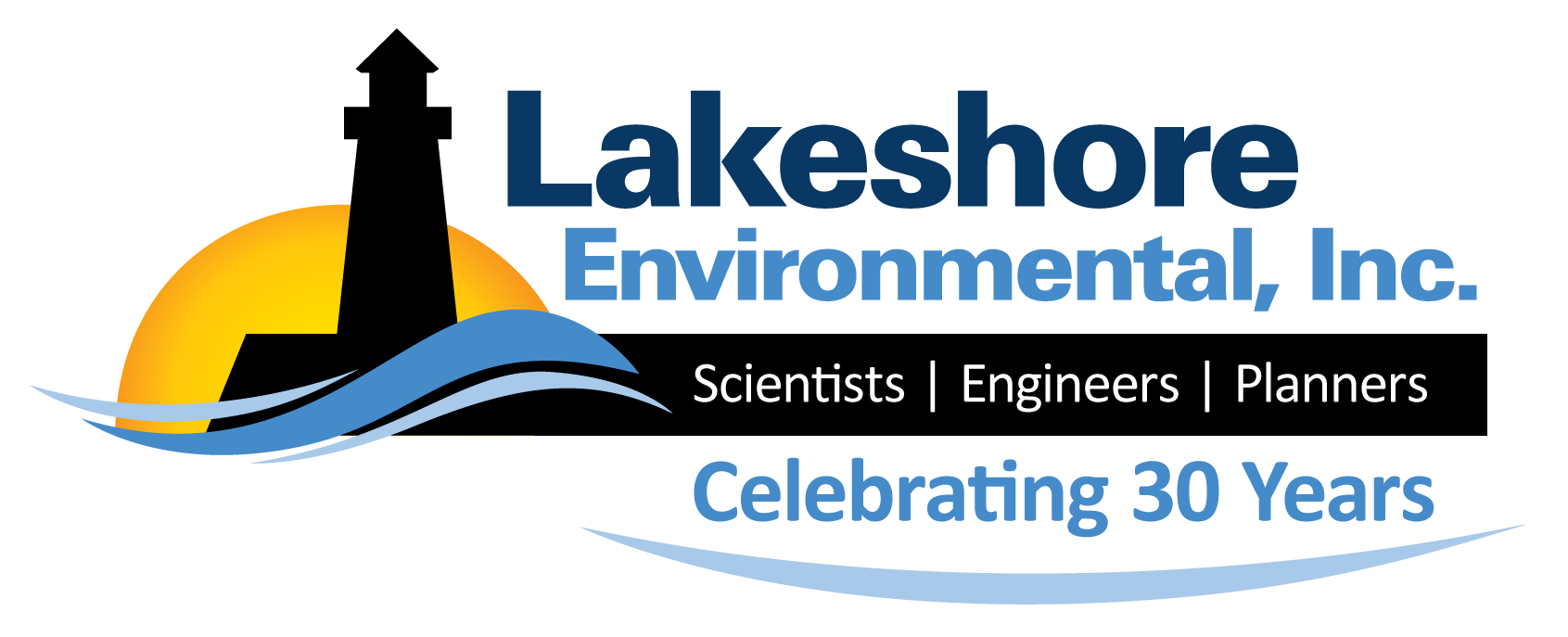A large metropolitan hotel owner pursued Lakeshore Environmental, Inc. (LEI) for the purpose of conducting a subsurface investigation that will ultimately lead to a No Further Action letter from the Michigan Department of Environmental Quality. LEI has developed a plan to create a Conceptual Site Model that will establish the existing Site conditions. Once the model is completed, LEI will conduct the appropriate investigation activities necessary to define the extent of soil and groundwater contamination and mitigate potential unacceptable exposures. Tasks associated with this project will include numerous soil borings, installation of monitoring wells, soil and groundwater sampling, a vapor intrusion assessment, preparation of restrictive covenants, a groundwater mixing zone evaluation, groundwater modeling, and reporting.
State regulators awarded Lakeshore Environmental the contract to clean up groundwater contamination at a former dry cleaning facility. Dry cleaning solvents at this EPA Superfund site were threatening the quality of local drinking water supplies and the ecological stability of a “blue ribbon” trout stream and national wild and scenic river. Lakeshore’s responsibilities included the following tasks:
- Monitoring well installations
- Collection of soil samples
- Produced geologic cross-sections illustrating soil lithology and groundwater flow
- Determined the horizontal and vertical extents of contamination
- Upgraded previously installed recovery equipment
- Continuously monitored contamination levels, adjusted recovery equipment to maximize effectiveness of remediation efforts
- Worked in unison with the state regulators to monitor the extent of contamination
- Measured groundwater drawdown to define the product capture zone and analyze treatment effectiveness
The project has resulted in the successful capture of the plume and contamination has not reached the river.
Lakeshore Environmental, Inc. (LEI) conducted a Phase I ESA at a commercial nursery and identified stained soils and the former presence of two underground storage tanks (USTs) on the Site. To address these recognized environmental conditions, LEI completed an extensive Phase II Investigation to assess the condition of the soils and groundwater. Significant gasoline-related soil and groundwater contamination was identified in the vicinity of the former USTs. Corrective action activities to remediate the contamination involved excavation and disposal of nearly 350 tons of impacted soil; the design, construction, and operation of an air sparge/soil vapor extraction system; and the recovery of approximately 5,000 gallons of free product.
